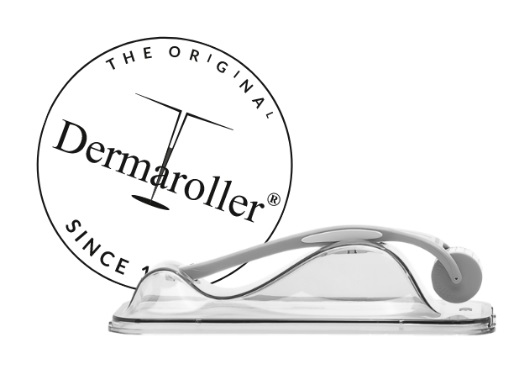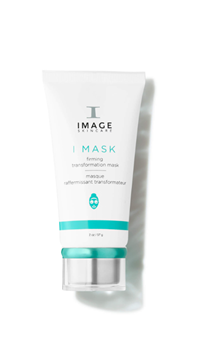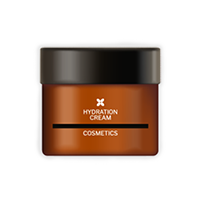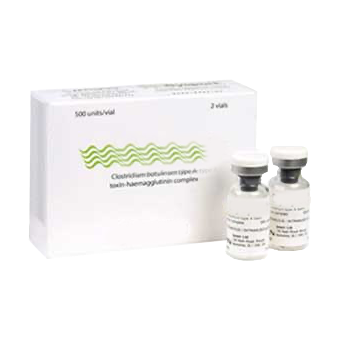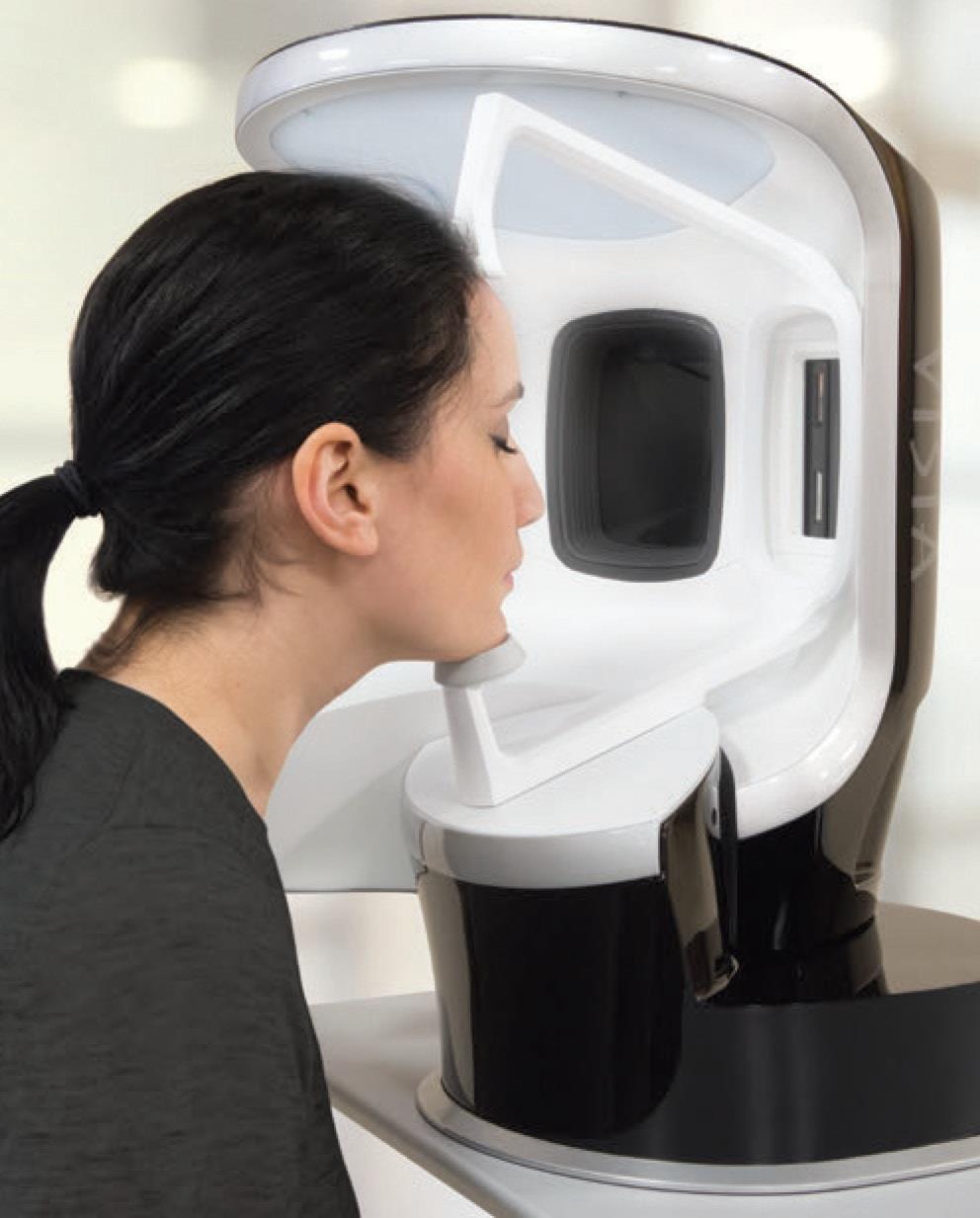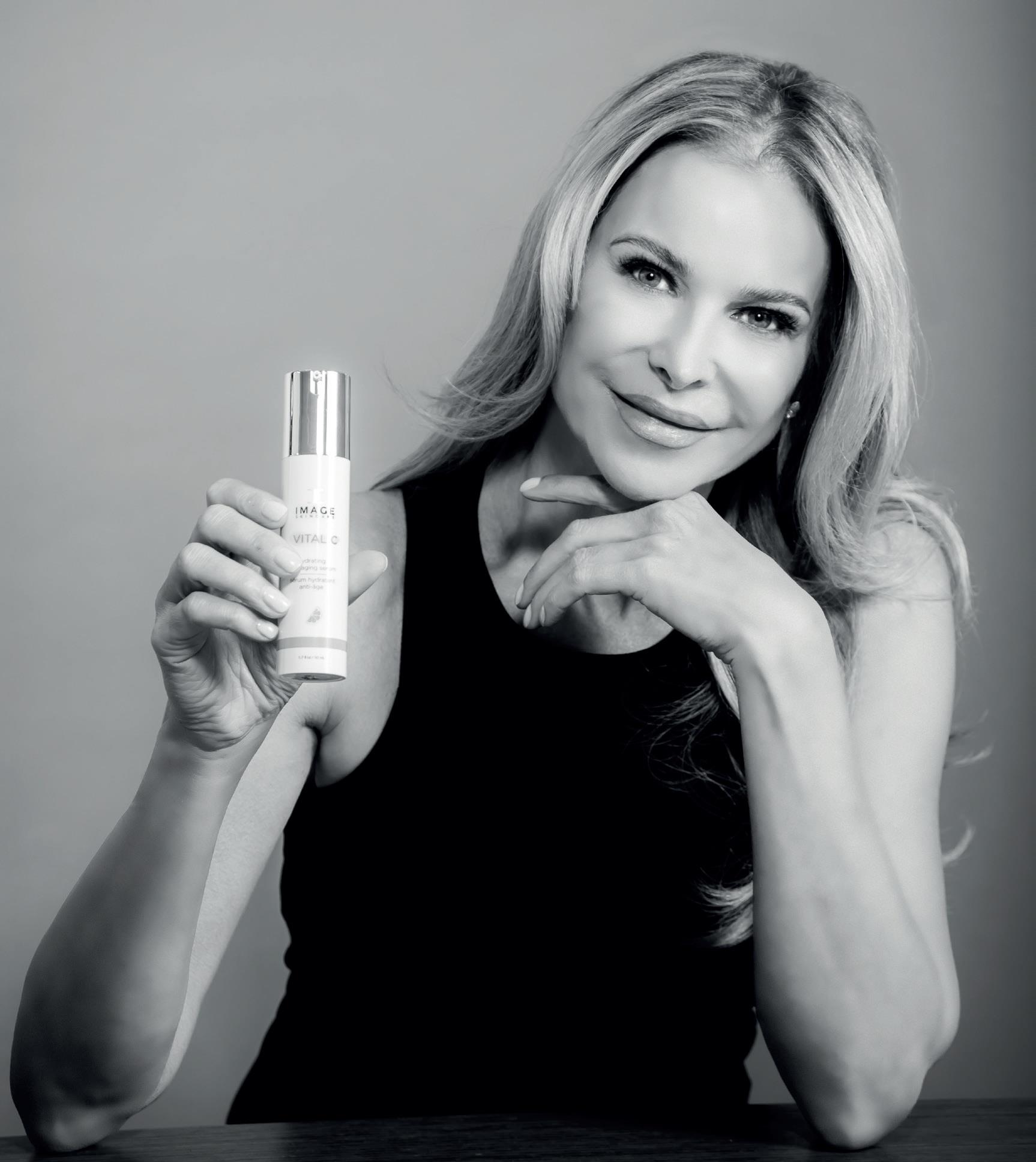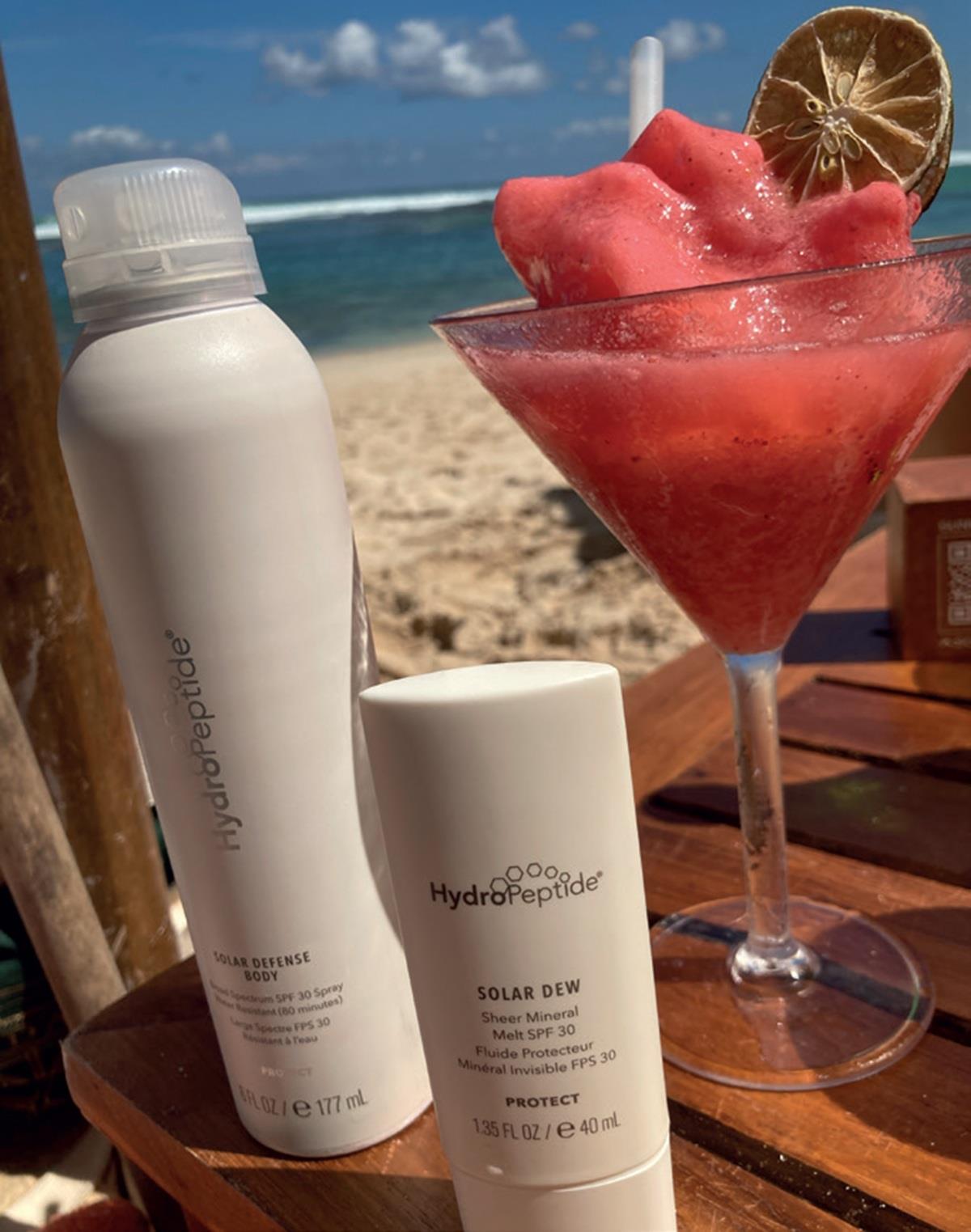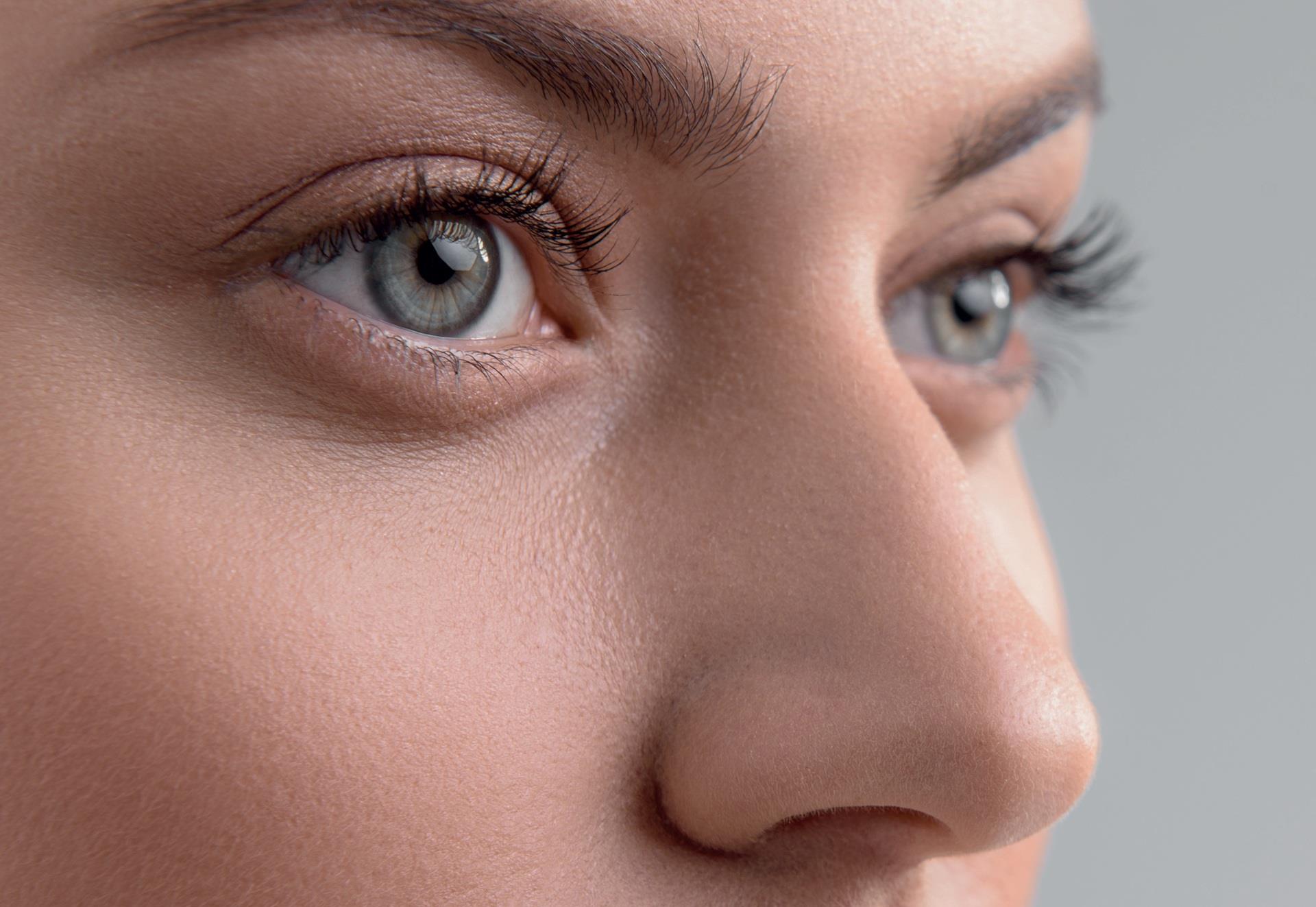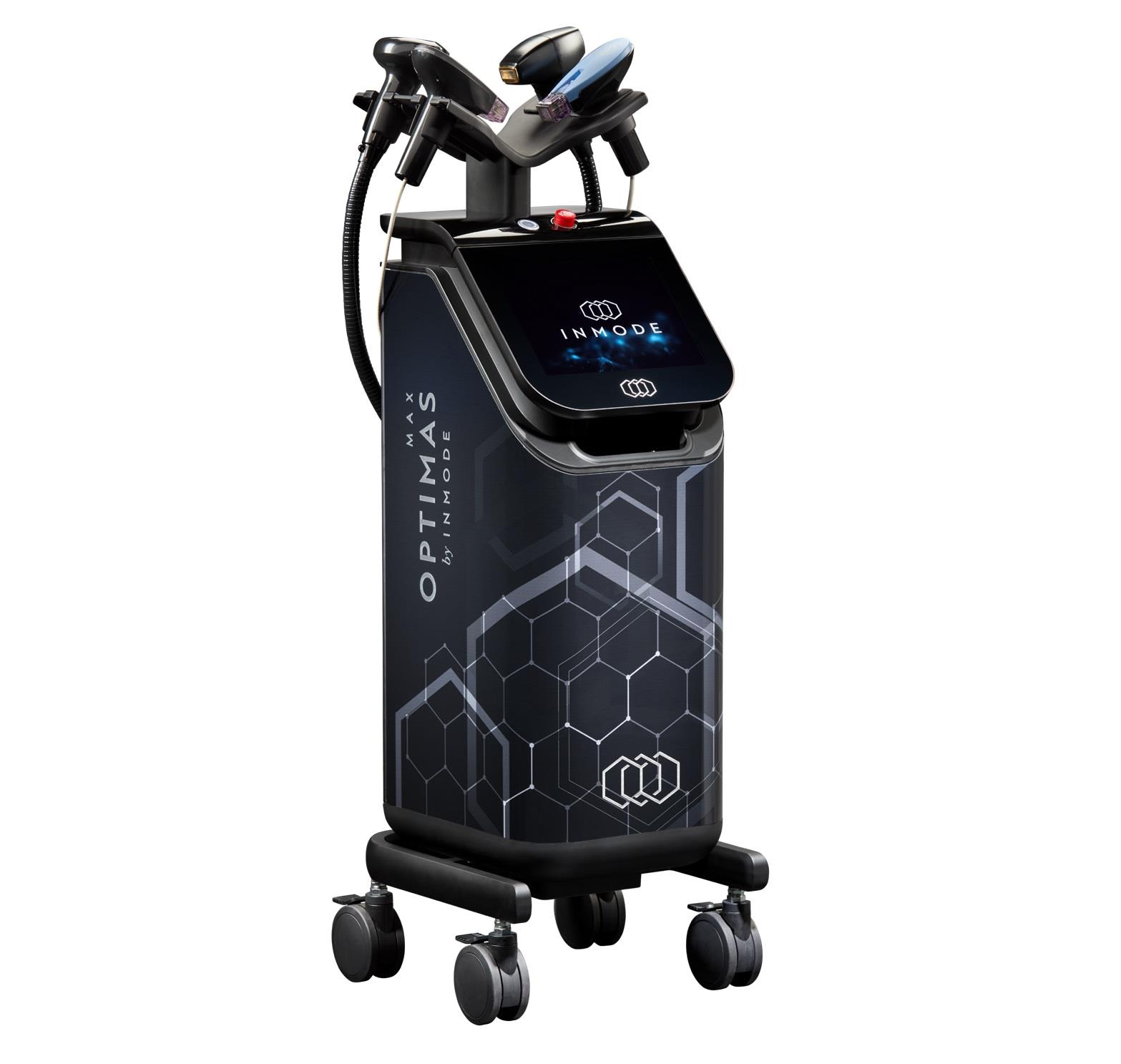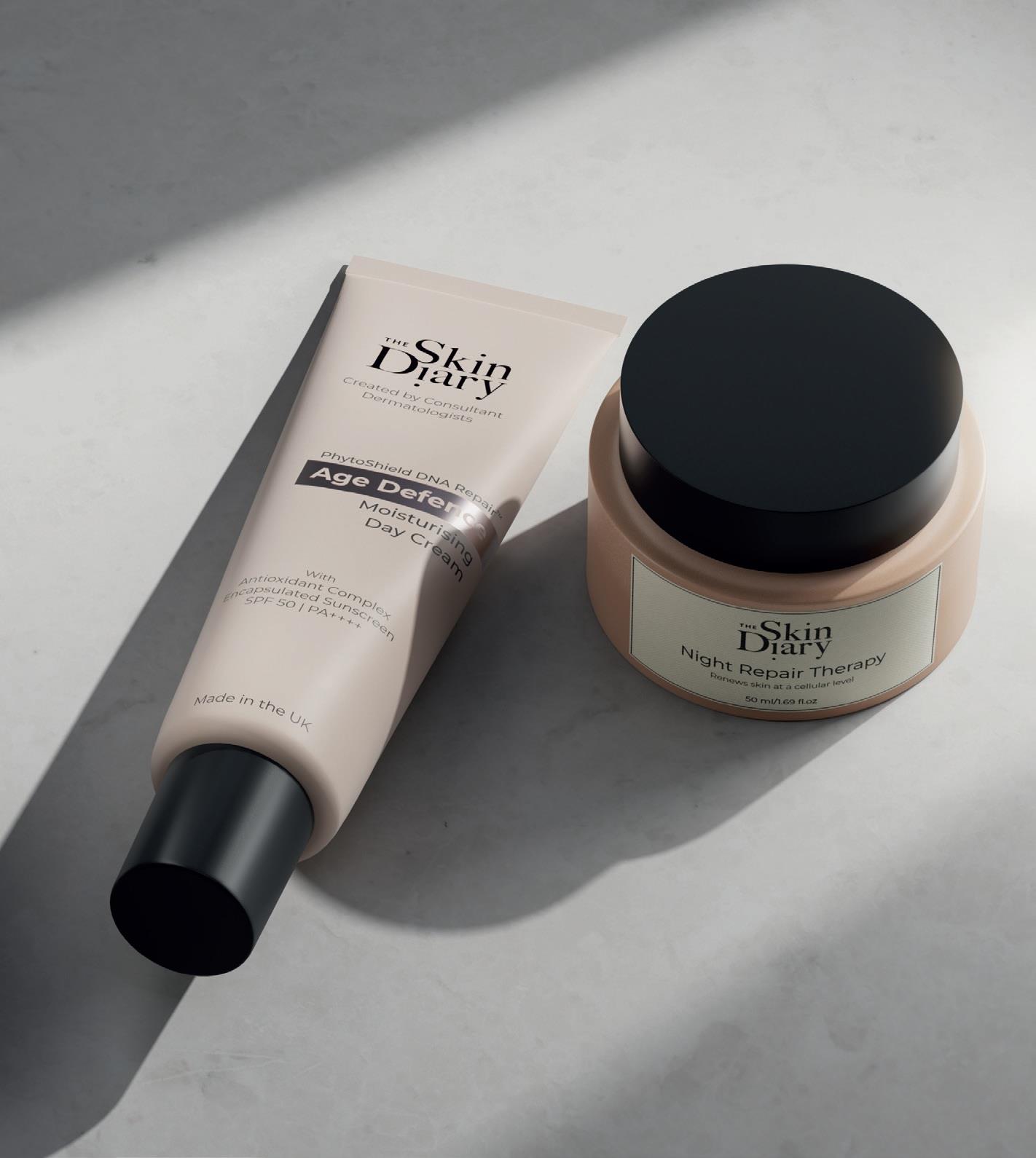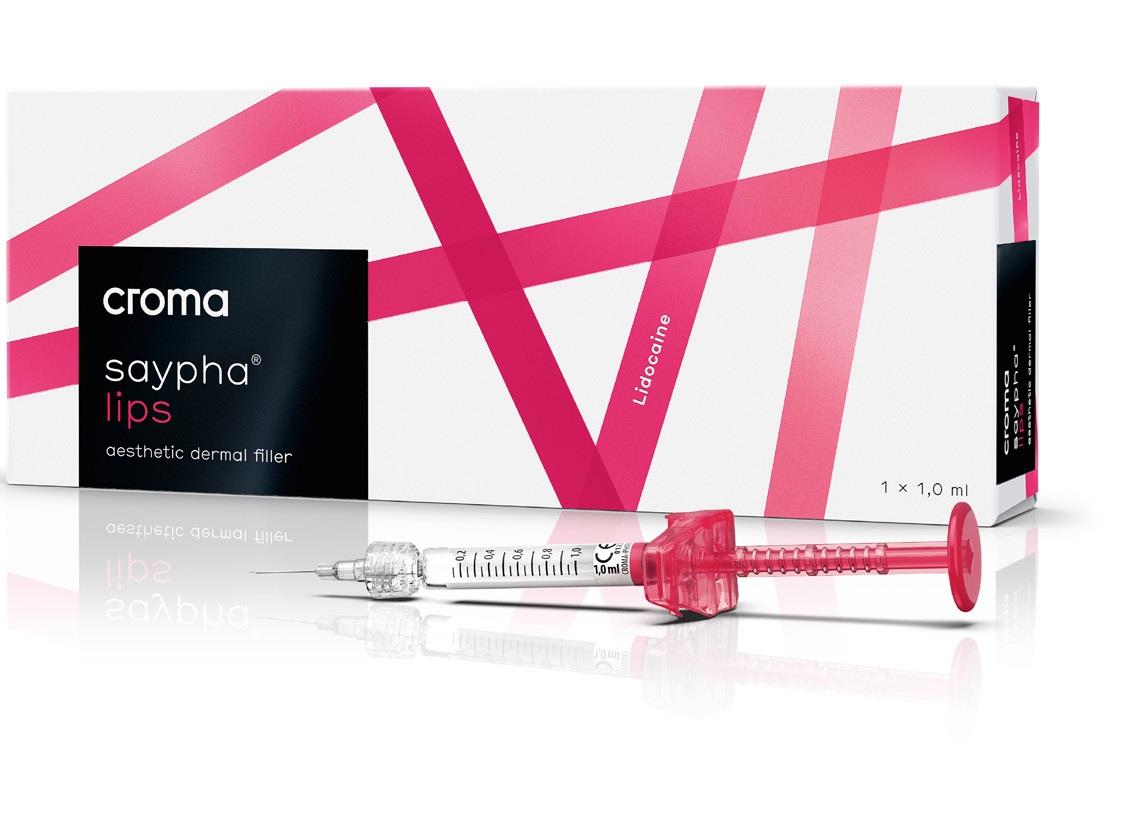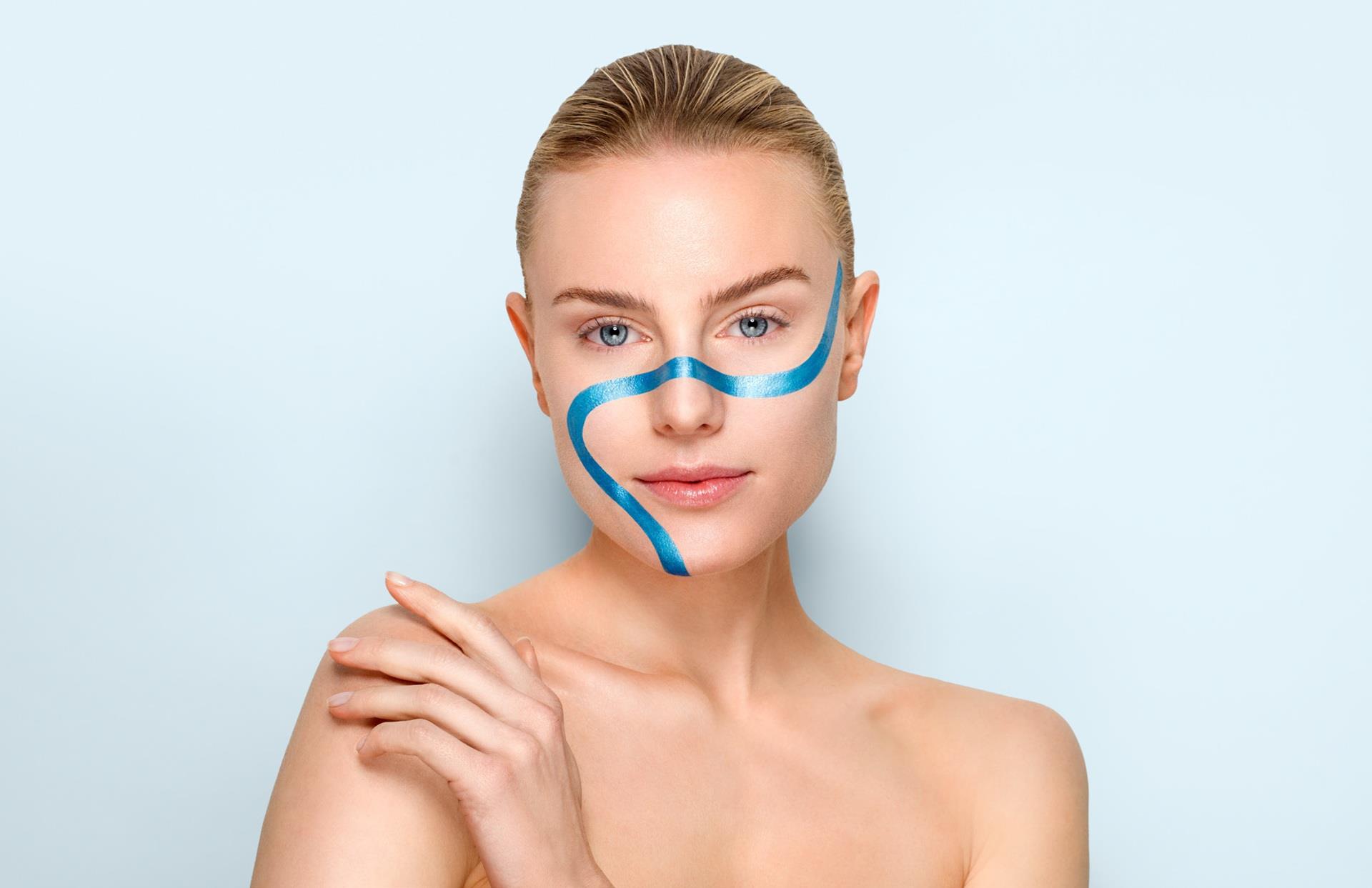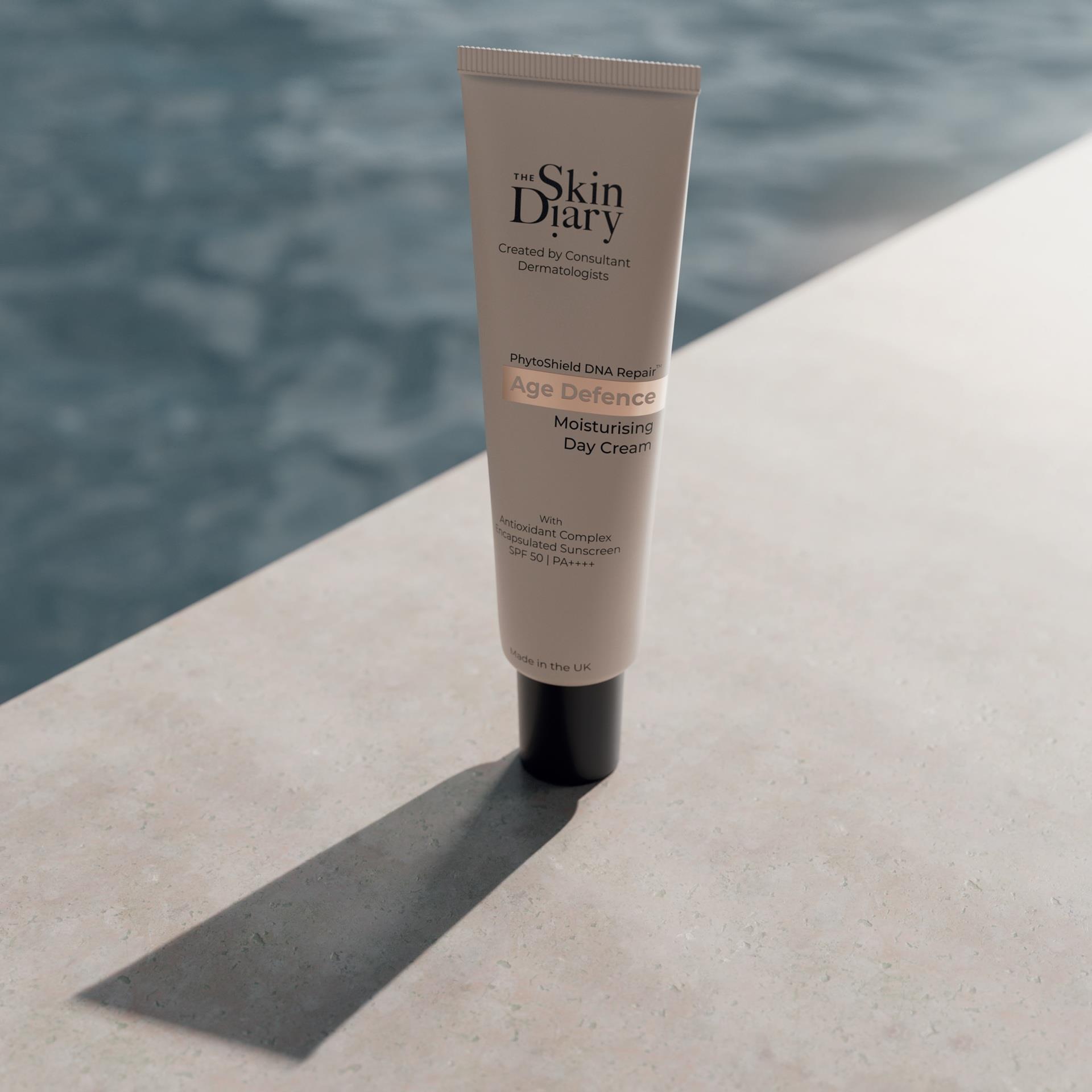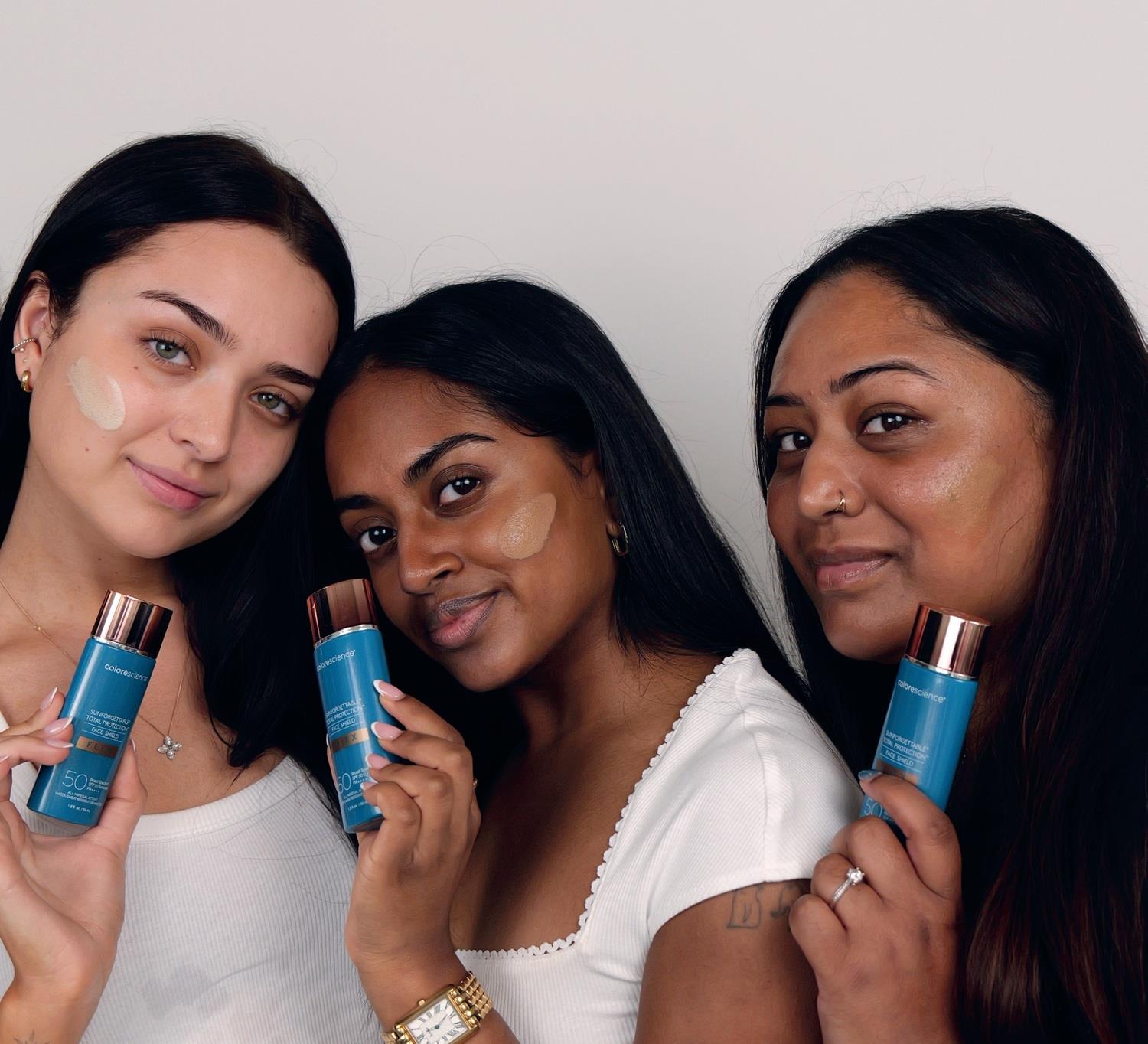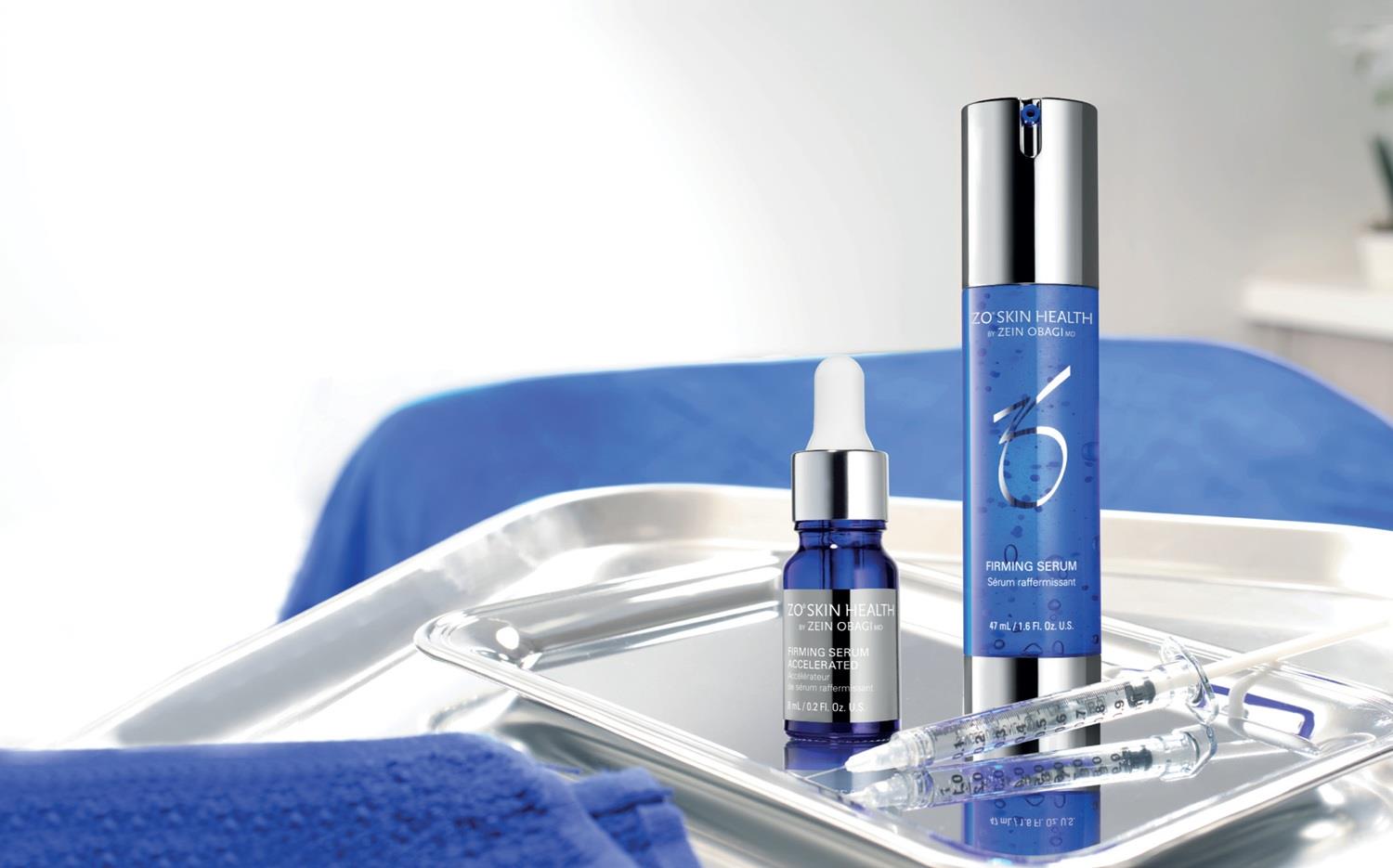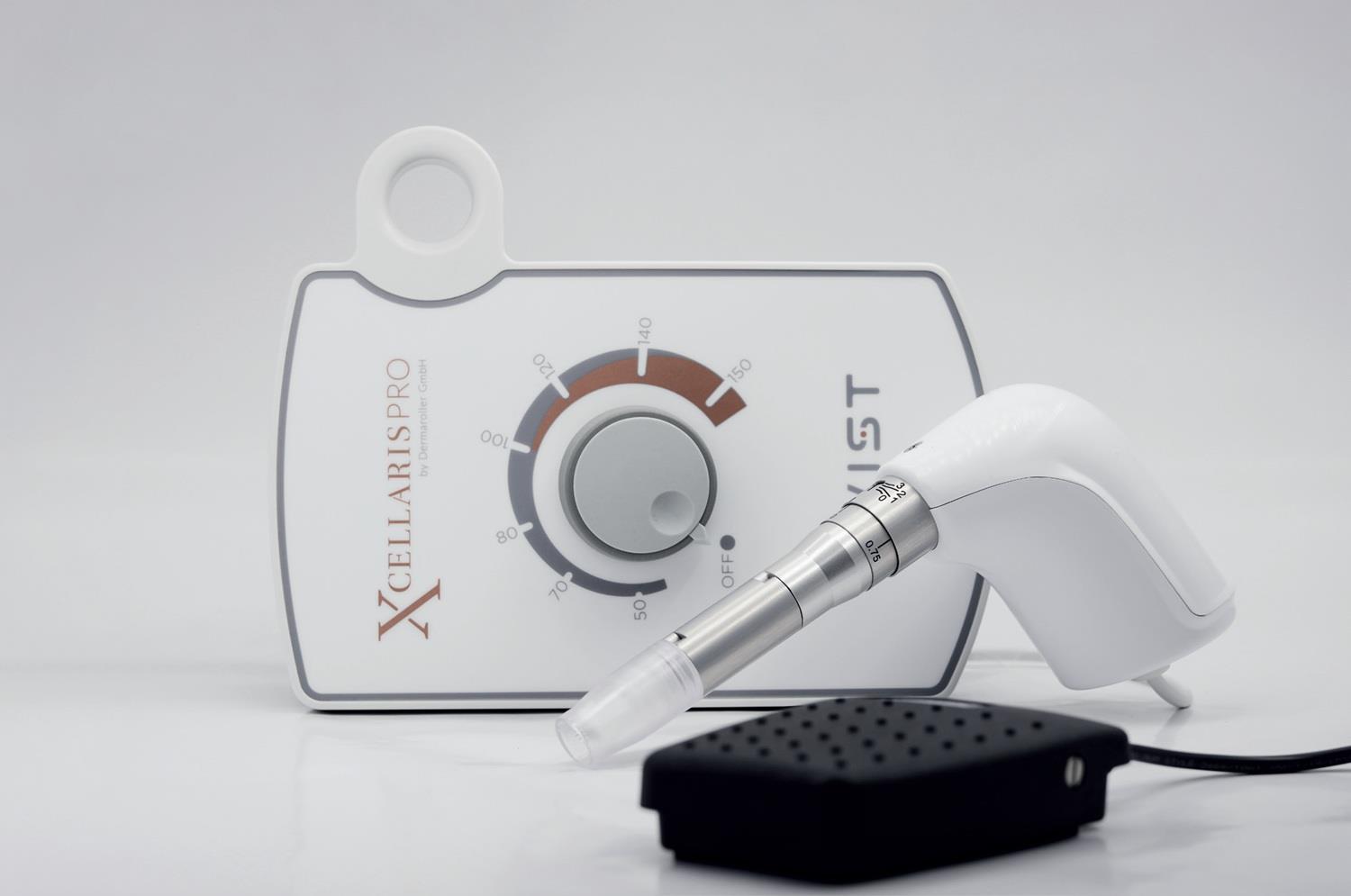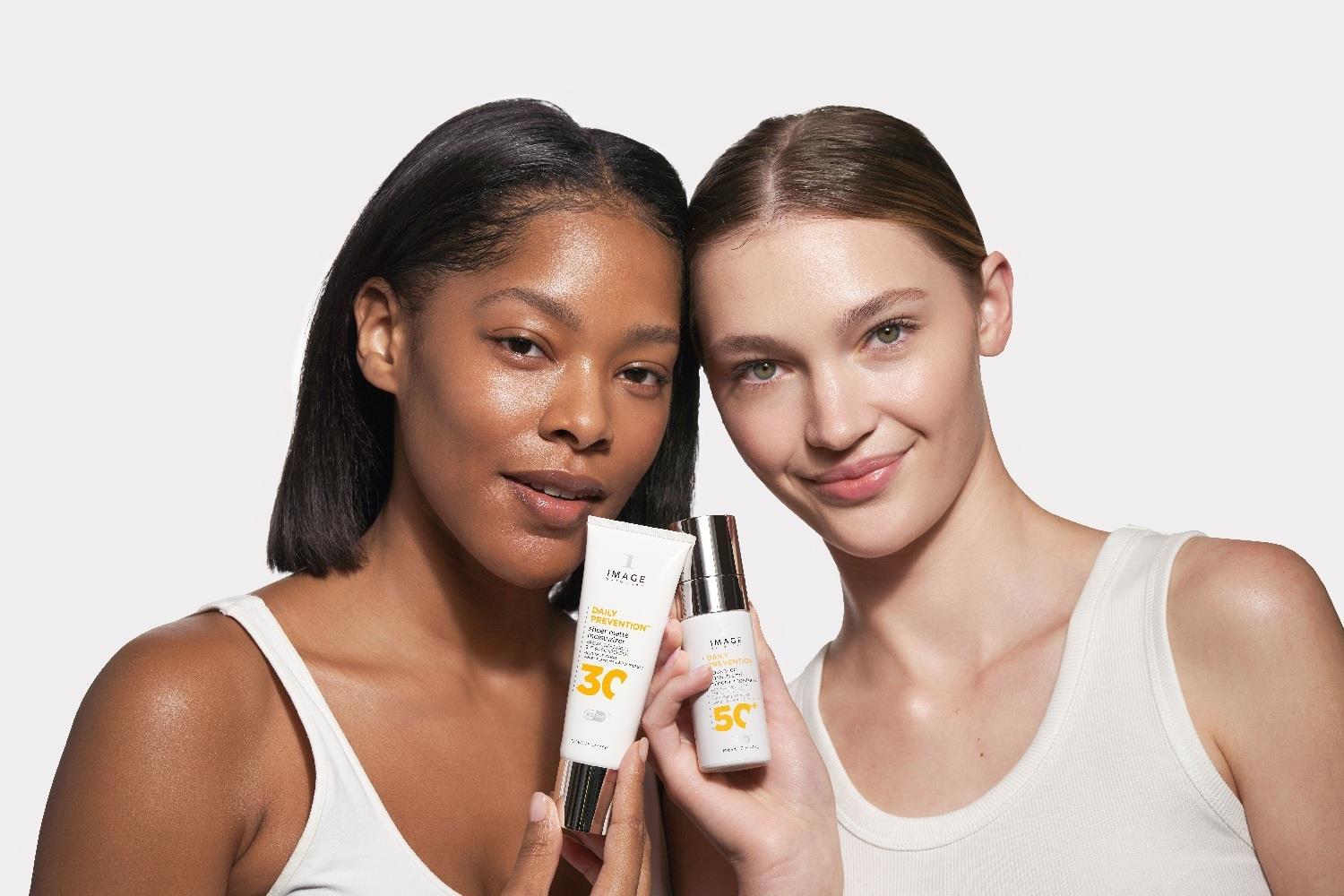
Skin ageing is a multifactorial biological process, driven by intrinsic and extrinsic factors. Chronological ageing being marked by cellular senescence, stem cell exhaustion, mitochondrial decline and reduced biosynthetic capacity, while external factors such as ultraviolet radiation, pollution, diet and lifestyle accelerate tissue degeneration. The cumulative outcome is extracellular matrix (ECM) degradation, nuclear and mitochondrial DNA damage, oxidative stress, and low-grade chronic inflammation. Clinically, this manifests as wrinkles, the thinning and loss of elasticity in the skin, irregular pigmentation, and diminished dermal density.
Conventional fillers, most notable hyaluronic acid (HA) fillers and collagen stimulators, focus on—and remain invaluable—for structural correction, restoring volume or inducing limited neocollagenesis, but do not adequately address the molecular drivers of ageing.
Polynucleotides and polydeoxyribonucleotides represent a regenerative paradigm shift. Rather than acting as a space-occupying or stimulatory agent, they participate in physiological repair, angiogenesis, immunomodulation and mitochondrial support. For example, by restoring fibroblast activity, promoting vascularisation, and supplying nucleotides for biosynthesis, in addition to accelerating the repair in nuclear DNA and activating certain markers inPlenhyage can reduce fine lines, dark circles, and crepey skin around the eyes...
mitochondrial DNA. Plenhyage exemplifies this transition from cosmetic correction to biological regeneration.
Plenhyage XL is a line of injectables based on high-molecular-weight polynucleotides derived from highly purified wild salmon sperm DNA. Biocompatible and fully resorbable, the range (Thin, Medium and Strong) delivers hydration, antioxidant free-radical scavenging, angiogenesis and stimulation of fibroblast proliferation. It can be used on the face and body, as well as in conjunction with other protocols.
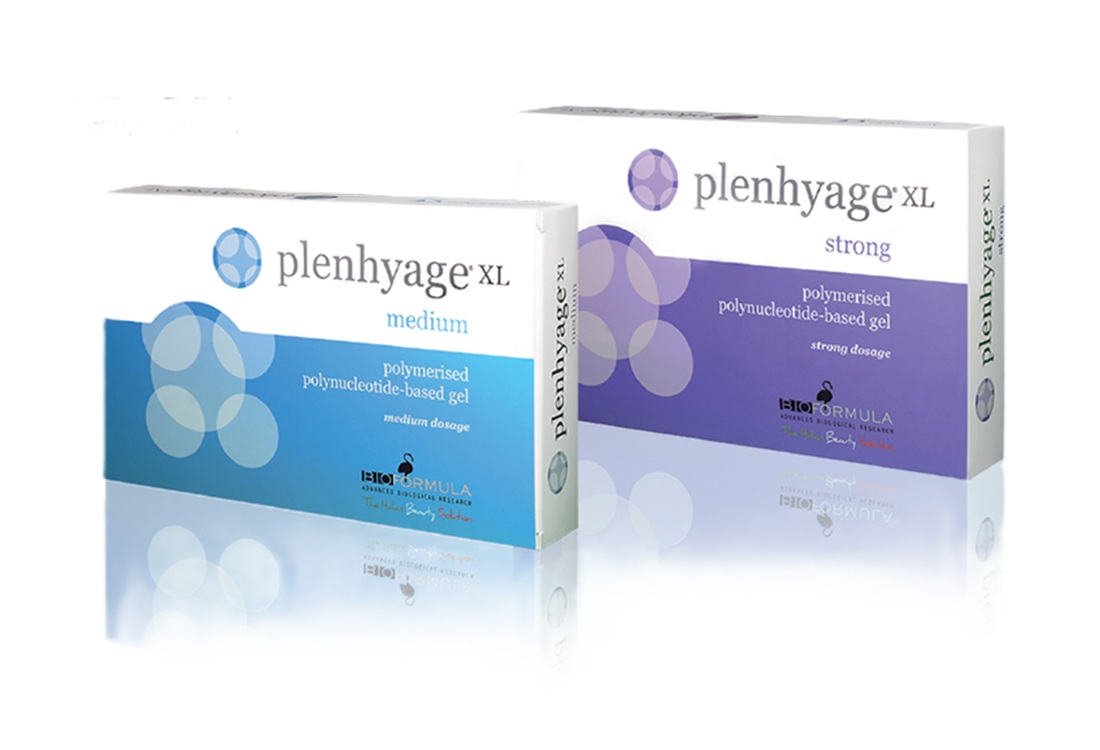
When used on the face, as well as improving general hydration, skin elasticity and dermal thickness, Plenhyage can reduce fine lines, dark circles, and crepey skin around the eyes, as well as accelerate scar remodelling and pigmentation correction. Across the body, it can be used to treat atrophic skin on the arms and inner thighs, remodel collagen in striae and scars, in addition to improving dermal density and elasticity in the neck and décolleté.
While polynucleotides are distinct from other tools in aesthetics, when thoughtfully sequenced, they can be used in conjunction, leading to improved patient outcomes. In my own practice, polynucleotides have proved particularly elegant where skin quality is the chief complaint or where HA alone risks a ‘puffy’ aesthetic, for example on the thin peri-orbital skin. Patients frequently report better luminosity, finer texture, and quieter inflammation, with minimal downtime. When Plenhyage is used with other HA fillers it can improve the integration of the filler and extend its duration. While polynucleotides can also aide faster recovery following radiofrequency, ultrasound and lasers through repairing collagen, lending a more authentically refreshed appearance rather than a filled one.
For discerning patients—particularly in delicate zones such as the peri-orbital area—Plenhyage offers regenerative outcomes beyond cosmetic corrections, offering authentic freshness over bvious fullness, tackling ECM breakdown, DNA instability and mitochondrial dysfunction for face and body: it signals a paradigm shift from masking ageing to reprogramming tissue vitality.
Pak CS et al. A phase III, randomized, double-blind, matched-pairs, split-face study of a polynucleotide filler for wrinkles. J Korean Med Sci. 2014;29(Suppl 3):S201–S206.
Lee KWA et al. Polynucleotides in Aesthetic Medicine: A Review of Current Practices and Perceived Effectiveness. Int J Mol Sci. 2024;25(15):8224.
Galeano M et al. Polydeoxyribonucleotide stimulates angiogenesis and wound healing via A2A receptor activation. J Cell Mol Med. 2008;12(6B):2552–2563.
Polito F et al. PDRN restores blood flow and improves wound healing through A2A receptor activation (ischemic flap model). J Vasc Surg. 2012;55(2):479–488.
Kim JH et al. Comparative Evaluation of a Novel HA–PN Complex Filler. Sci Rep. 2020;10:4980.
ClinicalTrials.gov: Evaluating the Performance and Safety of Plenhyage® in Dermal Tissue Defects (NCT05239117). Accessed September 2025.
BUY 10 GET 6 FREE (mix and match)
Login to your account to order
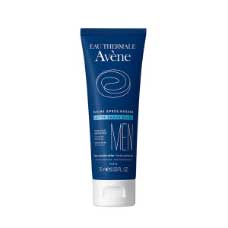
 Added to basket
Added to basket

 Unapplied Changes
Unapplied Changes


